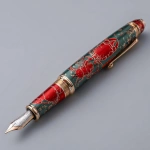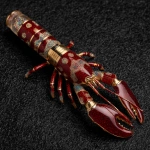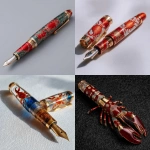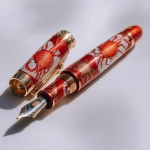Explore the Best AI Image Gallery
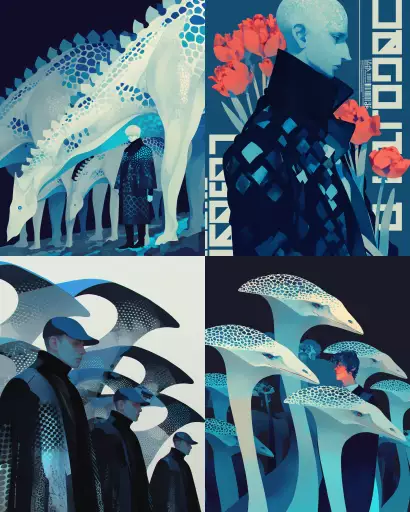
Imagination Unleashed: AI-Generated Images and the Future of Art
The art world is on the cusp of a revolution. Fueled by advancements in artificial intelligence (AI), a new wave of creativity is emerging – one where algorithms can generate stunningly realistic and imaginative images at the touch of a button. This paradigm shift, however, has ignited both excitement and apprehension, raising fundamental questions about the nature of art, the role of the artist, and the ethical boundaries of AI-powered creation.
A Canvas Painted by Algorithms
AI image generation tools, such as DALL-E 2, Midjourney, and Stable Diffusion, have captured the imagination of artists, designers, and tech enthusiasts alike. These platforms leverage powerful deep learning algorithms trained on massive datasets of images and text. By inputting a textual prompt – a description of the desired image – the AI can generate unique and often breathtaking visuals.
The possibilities are vast and diverse. From photorealistic landscapes to surreal abstract compositions, AI can conjure up imagery that transcends human limitations. Artists are experimenting with these tools to explore new creative avenues, push the boundaries of visual expression, and create works that were previously unimaginable.
The Artists New Muse: Collaboration or Competition?
The integration of AI into the artistic process has sparked debate about the role of the human artist. Some argue that AI tools are simply new instruments, augmenting the creative potential of artists rather than replacing them. Artists can leverage AI to overcome technical challenges, explore unconventional concepts, and generate initial ideas that spark further inspiration.
Others contend that AI-generated art devalues the human element, raising concerns about originality, authorship, and the intrinsic value of artistic expression. The question remains: is AI a collaborator or a competitor in the creative realm?
Ethical Considerations: Navigating Uncharted Territory
The rise of AI-generated images also presents significant ethical challenges. One concern is the potential for misuse, such as creating deepfakes – realistic but fabricated images – that can be used for malicious purposes like spreading misinformation or damaging reputations.
Another issue is copyright and intellectual property. When an AI generates an image based on a dataset of copyrighted works, questions arise about ownership and attribution. Who owns the rights to AI-generated art? How do we ensure fair compensation for artists whose work contributes to training datasets?
Future Trends: A Glimpse into the Evolving Landscape
The field of AI-generated images is rapidly evolving, with ongoing advancements pushing the boundaries of creativity and realism. Here are some trends shaping the future:
- More Accessible Tools: Expect to see increasingly user-friendly AI image generation platforms that empower individuals with limited technical expertise to create stunning visuals.
- Personalized Creativity: AI will enable personalized art creation, allowing users to generate unique images tailored to their specific tastes and preferences.
- Interactive Art Experiences: Imagine artworks that respond to viewer input, evolving in real-time based on audience engagement. AI will facilitate immersive and interactive art experiences.
- Cross-disciplinary Collaboration: The intersection of AI and art will foster collaboration between artists, technologists, designers, and researchers, leading to groundbreaking innovations.
Conclusion
AI-generated images represent a profound shift in the artistic landscape. While challenges remain, this transformative technology holds immense potential for creativity, expression, and innovation. By embracing responsible development and fostering open dialogue, we can harness the power of AI to expand the boundaries of art and enrich our cultural experience.
